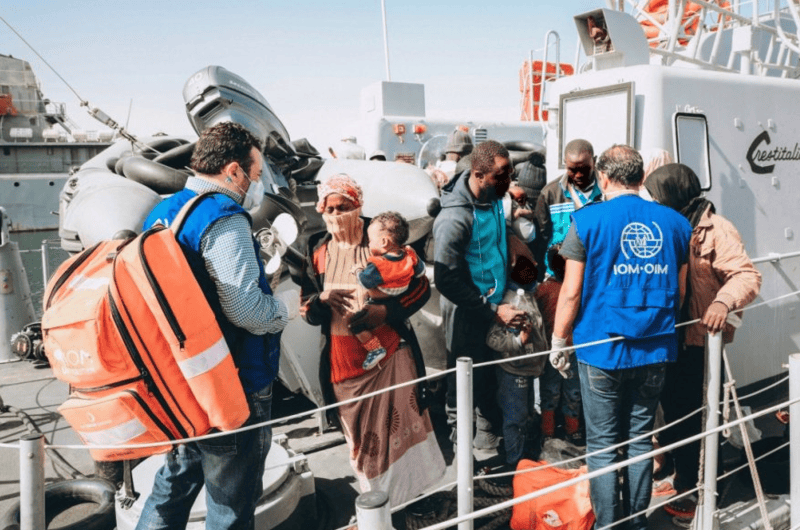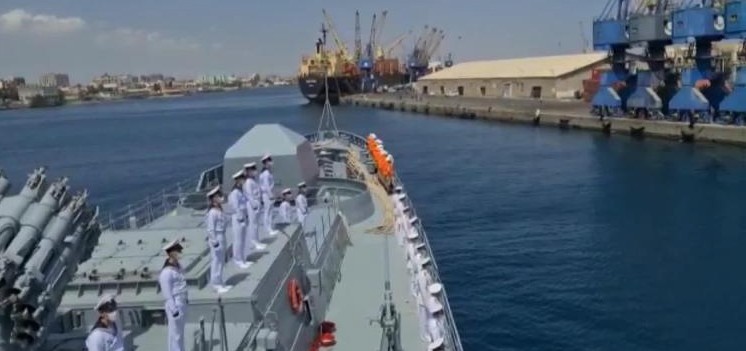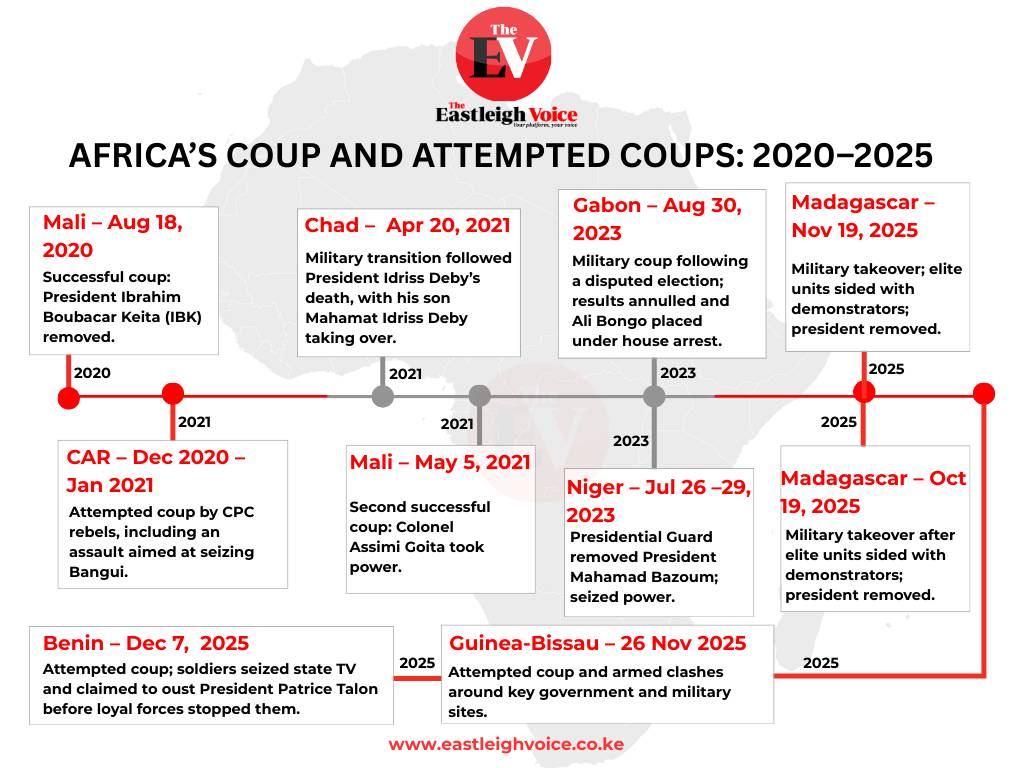Sixty feared dead after two shipwrecks off Libyan coast

IOM’s search and rescue teams have been deployed to trace victims, while survivors have received urgent medical attention upon disembarkation.
The International Organisation for Migration (IOM) has reported that at least 60 people are feared missing following two shipwrecks off the coast of Libya.
IOM’s search and rescue teams have been deployed to trace victims, while survivors have received urgent medical attention upon disembarkation.
More To Read
- IOM launches global campaign to support human trafficking survivors
- Interpol flags online advertisements offering costly crossings into Europe
- More than 1,000 migrants drown in Mediterranean so far this year, IOM says
- IOM, Human Concern International sign Sh129 million agreement to tackle human trafficking
- UN Security Council extends Libya mission, UNSMIL, until October 2026
- Libya rescues 49 Sudanese migrants off western coast
“With dozens feared dead and entire families left in anguish, IOM once again urges the international community to scale up search and rescue operations and guarantee safe, predictable disembarkation for survivors. We extend our deepest condolences to the families of the victims and all those affected,” said Othman Belbeisi, Regional Director for the Middle East and North Africa (MENA), in a statement.
IOM Libya’s Search and Rescue programme seeks to reduce such risks by providing emergency assistance to migrants upon disembarkation and after desert rescues. It also supports Libyan counterparts with infrastructure and specialised equipment.
The first incident occurred on June 12, when 21 people were reported missing near Alshab Port in Tripolitania. Only five survivors were rescued. Among those feared dead are six Eritreans, including three women and three children, five Pakistanis, four Egyptians, and two Sudanese men. The identities of four others remain unknown.
The second tragedy unfolded on June 13 , approximately 35 kilometres west of Tobruk. According to the sole survivor, rescued by local fishermen, 39 individuals were lost at sea. In the following days, three bodies were recovered: two on Umm Aqiqih beach on June 14, and another on El Ramla beach in downtown Tobruk on June 15. Identification efforts are ongoing, with support from members of the Sudanese community.
According to IOM, at least 743 people have died attempting to cross the Mediterranean to Europe so far in 2025, including 538 along the Central Mediterranean route. It remains the deadliest known migration route globally, marked by dangerous smuggling networks, limited rescue capabilities, and growing restrictions on humanitarian activity.
The Central Mediterranean Route runs from North Africa, primarily Libya and Tunisia, to southern Europe, particularly Italy and Malta.
Since the early 2000s, the route has been used by people from Western and Central Africa, the Horn of Africa, and the Middle East. However, recent trends show increased movement from Syria, Bangladesh, and Tunisia.
IOM’s annual review of global migration routes (2024) notes that economic hardship, conflict, and violence remain the primary drivers of irregular migration. Migrants on this route often face unpaid labour, human trafficking, kidnapping, detention, and abuse even before reaching embarkation points.
Despite fewer arrivals in 2024, the route continues to claim lives. Many migrants attempt the journey multiple times after being intercepted or returned.
Globally, IOM’s Missing Migrants Project has recorded over 75,000 deaths and disappearances since 2014, with more than 39,000 occurring in or near crisis-affected countries. This highlights the links between forced displacement, insecurity, and the absence of safe migration pathways.
“In 2024, the annual death toll reached its highest level since IOM began collecting data in 2014, with more than 8,700 deaths recorded for the second consecutive year. Africa, Asia, Europe, and the Caribbean saw the highest numbers of migration-related fatalities ever recorded in a single year,” the report adds.
IOM has renewed its appeal for urgent, coordinated international action to prevent further tragedies at sea.
“The cost of inaction is measured in human lives,” the statement concludes.
Other Topics To Read
Top Stories Today















































